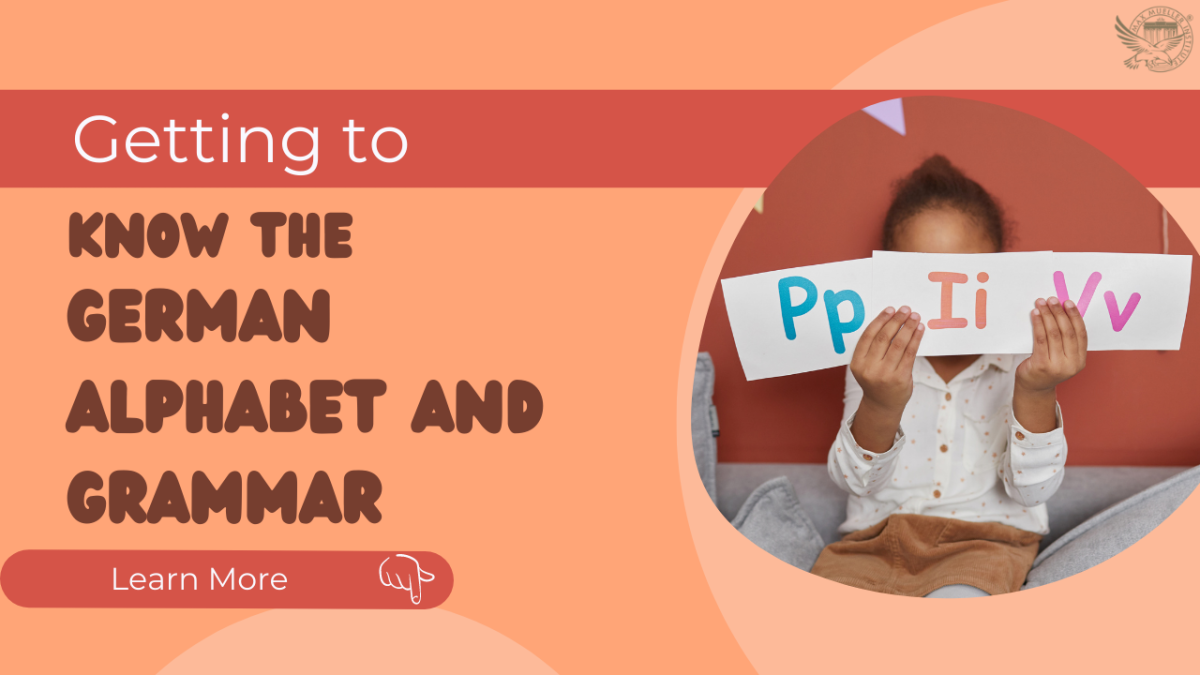
Getting to Know the German Alphabet and Grammar
Embarking on the journey to learn the German language A1 level brings with it the exploration of its unique alphabet and grammar. While there are distinctions from English, mastering these aspects is an achievable endeavor. In this guide, we'll delve into the nuances of the German alphabet and unravel the logical yet intriguing grammar rules that define this language, tailored for German language A1 level learners. If you're looking to learn German in Delhi, this guide is a valuable resource.
The German Alphabet: Letters and Sounds
With 26 standard letters, the German alphabet resembles the English one. However, it features distinct elements such as the "sharp S" (ß) and umlauted vowels (ä, ö, ü). The ß, sounding like "s" in "see," remains exclusive to German. Umlauts, represented by dots above vowels, add an additional layer to pronunciation.
Phonetic Spelling in German
The German alphabet is phonetically spelled as follows:
A = ah
B = bay
C = tsay
D = day
E = ay
F = eff
G = gay
H = hah
I = eeh
J = yot
K = kah
L = ell
M = em
N = en
O = oh
P = pay
Q = koo
R = air
S = es
T = tay
U = ooh
V = fow
W = vay
X = iks
Y = oopsilohn
Z = tset
Unlocking the German Grammar Puzzle
Is German Grammar Complex?
German grammar, often seen as challenging, revolves around linguistic cases (nominative, accusative, dative, genitive). While these may appear intricate, they can be approached methodically. Utilizing tables with different pronouns simplifies understanding cases' nuances.
Logical Rules for German Grammar
The structure of German grammar is profoundly logical. It's a combination of systematic learning and regular speaking practice that allows for successful mastery. Dive into the cases, embrace by-rote learning, and you'll unveil the language's underlying coherence.
The Enigma of Gender in German
Why Genders in German?
German assigns each noun a gender – masculine, feminine, or neuter. This feature historically emerged for clarity when differentiating between closely mentioned nouns. While English lacks gendered nouns, German's gender system imparts specificity.
Embracing Gender Learning
Learning gender along with nouns might feel challenging initially, especially for English speakers. However, it's a matter of habit. Associate every noun with its gender, and soon, the process will become second nature.
Conclusion:
Navigating the intricacies of the German alphabet and grammar is an exciting journey within the realm of German language A1 level. As you unravel the phonetic gems of the alphabet and delve into the logic of grammar rules, you're embarking on a pathway to effective communication and cultural appreciation. Embrace the challenges, persistently practice, and soon, the German language's unique patterns will become second nature. And if you're looking to Learn German in Delhi, remember that this guide is here to support your language journey.


